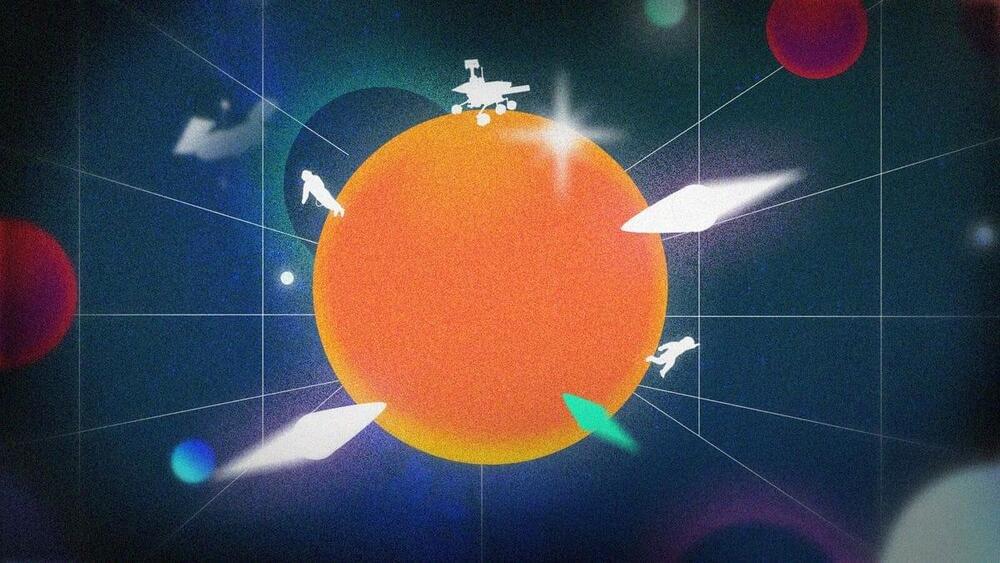Energy company Royal Dutch Shell has started operations at the power-to-hydrogen electrolyzer in Zhangjiakou, China, a joint venture between Shell (China) and Zhangjiakou City Transport Construction Investment Holding Group, the Anglo-Dutch company wrote on Friday. The electrolyzer will reportedly provide about half of the total green hydrogen supply for fuel cell vehicles at the Zhangjiakou competition zone during this year’s Winter Olympic Games, set to begin on February 4. Shell looks set to make further investments in China’s hydrogen sector. “We see opportunities across the hydrogen supply chain in China, including its production, storage and shipping. We want to be the trusted partner for our customers from different sectors as we help them decarbonise in China,” commented Wael Sawan, director of Shell’s Integrated Gas, Renewable and Energy Solutions unit. The companies, which took 13 months to complete the project, have plans to scale the power-to-hydrogen electrolyzer up to 60 MW in the next two years. Utilizing onshore wind power, the project will initially supply green hydrogen to fuel a fleet of more than 600 fuel cell vehicles at the Zhangjiakou competition zone during the Winter Olympic Games. After that, the hydrogen will be used for public and commercial transport in the Beijing-Tianjin-Hebei region.
Green Hydrogen Systems, a provider of pressurized alkaline electrolyzers used in on-site hydrogen production based on renewable electricity, has signed a supply agreement with Edinburgh-based Logan Energy to deliver electrolysis equipment for a project in England. The order includes the supply of two electrolyzers with a combined capacity of 0.9 MW for the production of green hydrogen from renewable energy. “Manufactured by Green Hydrogen Systems and operated by Logan Energy, the electrolysers will be deployed in a 40 ft container as a complete green hydrogen plant as part of plans to develop a regional hydrogen economy in Dorset, England,” Green Hydrogen Systems wrote on Tuesday. When fully operational during Q4 of 2022, the ordered electrolyzers will reportedly have the capacity to provide approximately 389 kg green hydrogen per day.









